See an astronomical event that only happens once every 26 years
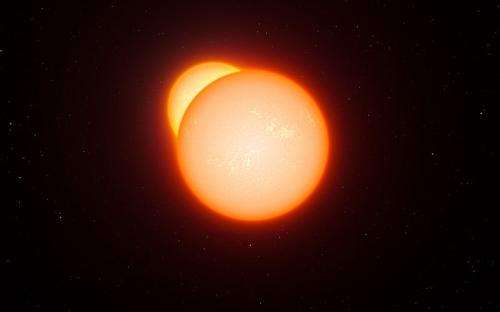
A truly fascinating event may be in the offing this month.
Picture two distant burning embers (candles, light bulbs, LEDs, what have you) circling each other in the distance. From our far-flung vantage point, the two points of light are too faint to resolve individually, but as they pass in front of each other, a telltale dip in combined brightness occurs as one blocks out the other.
Welcome to the fascinating world of eclipsing binary stars. This week, we'd like to turn our attention towards a special star in the constellation of Coma Berenices which may—or may not—put on such a dimming act later this month.
The brightest star in the constellation Coma Berenices, Alpha (sometimes referred to as Diadem, or the 'crown' of Queen Berenice) shines at an apparent magnitude of +4.3. Located 63 light years distant, the system consists of two +5th magnitude F-type stars each about 3 times more luminous than our Sun locked in a 26 year orbital embrace. The physical separation of the pair is about 10 astronomical units: place Alpha Comae Berenices in our solar system, and the pair would fit nicely between the Sun and Saturn.
The orbital plane of the pair is inclined nearly along our line of sight as seen from the Earth, and it's long been thought that catching a grazing or central eclipse of the pair might just be possible. No eclipse was recorded last time 'round back in February 1989, but times have changed lots in observational astronomy. Today, there are enough backyard observers armed with dedicated observatories and rigs that'd be the envy of a small university that documenting such an eclipse might just be possible. In fact, a central eclipse might just dim the star by 0.8 magnitudes, and should be noticeable to the naked eye.
The binary nature of Alpha Comae Berenices was first noted by F. G. W. Struve in 1827, and the split is a challenging one during the best of years with a maximum angular separation of just 0.7 arc seconds. The pair also has a third faint +10th magnitude companion located about 89 arc seconds away.
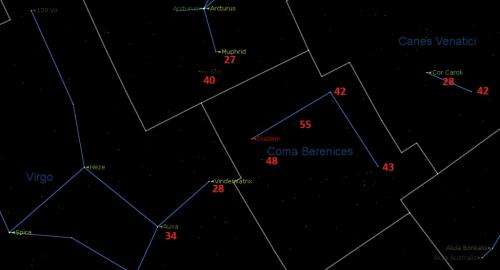
The American Association of Variable Star Observers (AAVSO) has an Alert Notice calling for sky watchers worldwide to monitor the star. We also understand the orbit of Alpha Comae Berenices much better in 2015 than back in 1989, and the suspected eclipse should occur somewhere between January 22nd and January 28th and may last anywhere from 28 to 45 hours. This lingering ambiguity means that having a dedicated team of observers worldwide may well be key to nabbing this eclipse.
The Navy Precision Optical Interferometer (NPOI) has already begun refining measurements of the brightness of the star last month, and professional facilities, to include the Fairborn Observatory atop Mt Hopkins in Arizona and the CHARA (the Center for High Angular Resolution Astronomy) Array at Mount Wilson Observatory in southern California will also be monitoring the event.
Sky and Telescope magazine also has an excellent article in their January 2015 issue on the prospects for catching this eclipse.
In late January, the constellation of Coma Berenices rises high to the northeast just after local midnight. It's worth noting that, if the eclipsing binary nature of Alpha Comae Berenices is confirmed, it would be the longest period known, beating out 14.6 year Gamma Persei discovered in 1990 by more than a decade. A system with as wide a separation as Alpha Comae Berenices would have about a 1 in 1,200 chance in eclipsing along our line of sight due to random chance.
Note: Epsilon Aurigae does have a comparable 27 year period involving a debris disk surrounding its host star. Thanks to sharp-eyed reader Dr. John Barentine for pointing this out!
Of course, the universe does provide us with lots of near misses, allowing for an 'occasional Diadem' to indeed occur. Most famous eclipsing variables, such as Algol or Beta Lyrae have periods measured over the span of days or hours. Incidentally, these also make great 'practice stars' to test your skills as a visual athlete leading up to the big event next week. A skilled visual observer can note a change as slight as a 0.1 of a magnitude, and it's a good idea to begin familiarizing yourself with the environs of the star now. The Coma Cluster of galaxies, the globular cluster M53, and the galactic plane crossing intruder Arcturus all lie nearby.
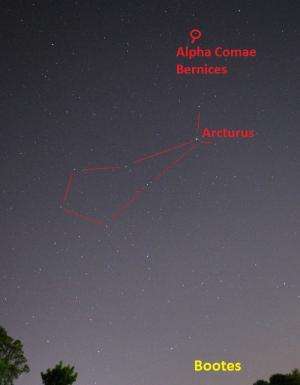
Why study eclipsing binaries? Well, said fleeting mutual events when coupled with spectroscopic measurements and determinations of parallax can tell us a good deal about the astrophysical nature of the stars involved. Eclipsing binary stars have even been used to back up standard candle measurements over extragalactic distances. And of course, orbiting observatories such as Kepler and TESS (to be launched in 2017) look for transiting exoplanets using virtually the same method.
But beyond its practical application, we just think that it's plain cool that you can actually see something out beyond our solar system changing in the span of just a few days or hours.
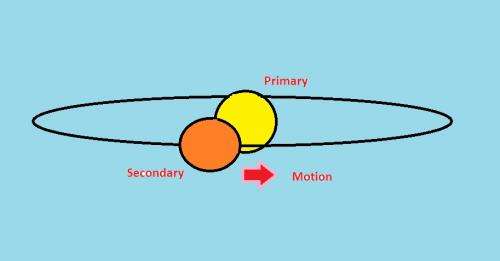
Observers also still carry out visual observations of variable stars, just like those pipe-smoking, pocket watch carrying astronomers of yore. This involves merely comparing the target star to nearby stars of the same brightness. If you have a DSLR or a CCD rig plus a telescope, the AAVSO also has instructions for how to monitor a star's brightness as well. No pocket watch required.
Unless, of course, you want to carry a pocket watch just for good luck. Don't let the cold January winters keep you from joining the hunt. Let's make some astrophysical history!
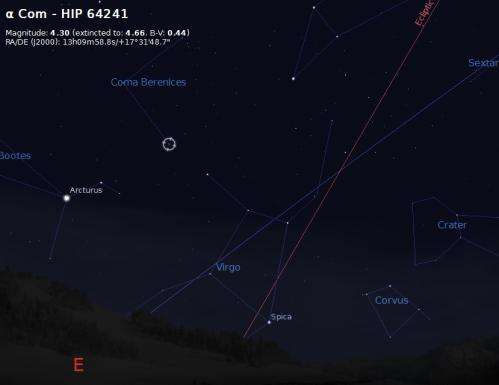
Source: Universe Today





















